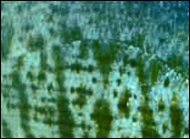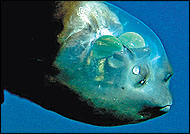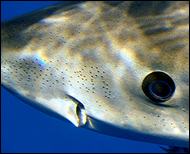Parts of a Fish

Many external and internal features of fishes are equivalent to our own although several notable exceptions exist, such as the gas bladder (same as swim bladder) and gills. Major anatomical differences address significantly different challenges between living in water vs. air. Great similarities reflect common ancestry among all vertebrates.
External and internal features may be familiar because it is common to see fishes up close, e.g. in an aquarium, at a fish market, or one you've just caught.
Explore the diagram below to learn the names of fish parts and find out what each one does, or use it as a reference as needed.
We couldn't include all the features of every kind of fish, so we started by showing three different types - a shark, spiny-rayed fish and soft-rayed fish.
General anatomy of fishes
Interactive diagram -
Roll over a fish silhouette and click to choose an external, internal of MRI (magnetic resonance image) view.
Note there is no rollover text on the MRI view.
MRI (3-D) views
Comparison of scientific diagrams with MRI images of internal organs
Interactive diagram -
Click on an image to see the interactive diagram. Drag the slider slowly to see different views.
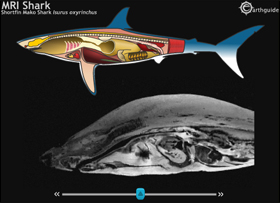
 Shark MRI
Shark MRI
Shortfin Mako Shark
Isurus oxyrinchus
More ReefQuest Centre
Florida Museum of Natural History
Online fish dissection resources
Examples of anatomy
FINS show
SKELETAL & OTHER HARD MATERIALS show
CONNECTING INSIDE-TO-OUT show
INTERNAL STRUCTURES & ORGANS show
SENSORS show

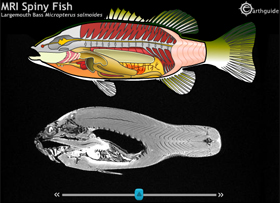

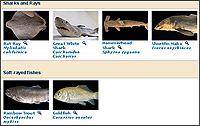
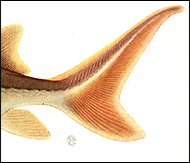

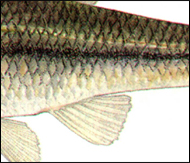

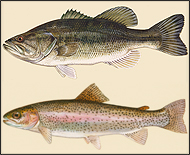

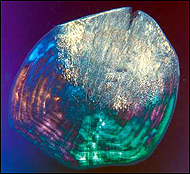

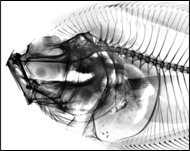

 Zoom
Zoom
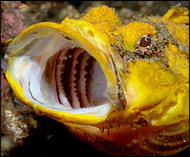
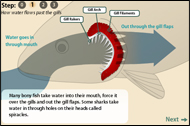
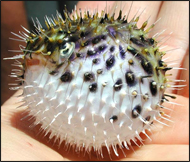
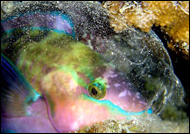
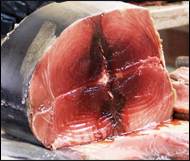
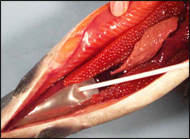

 Buoyancy of shark liver.
Buoyancy of shark liver.